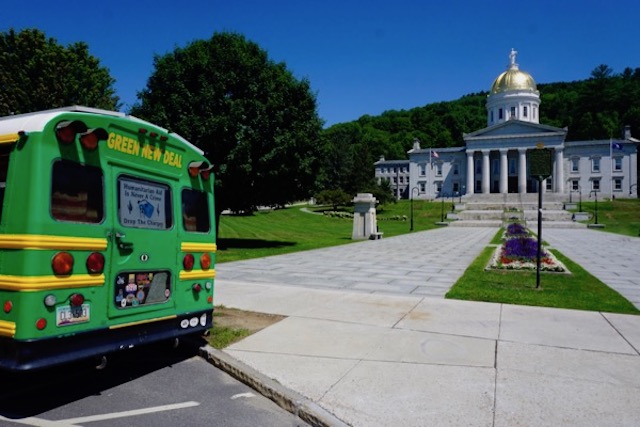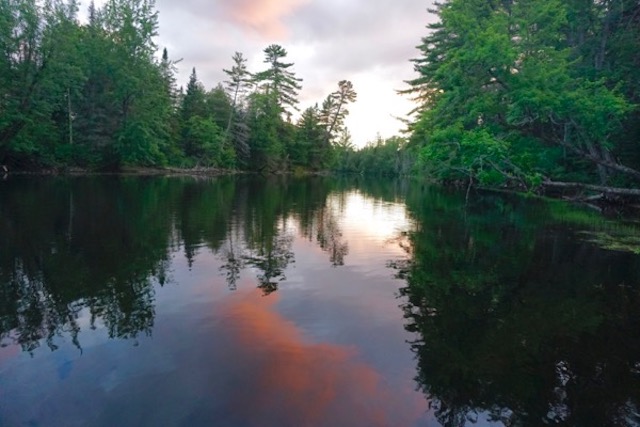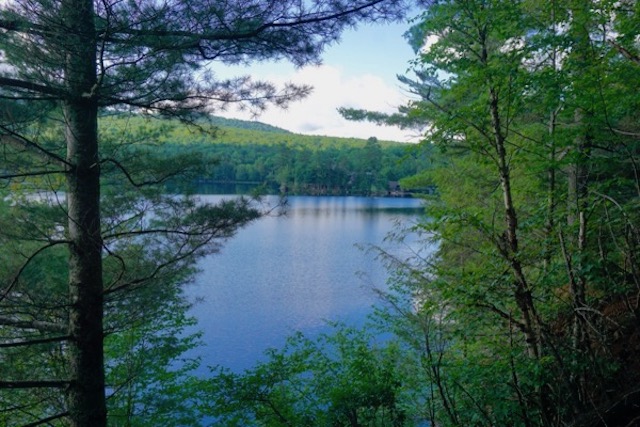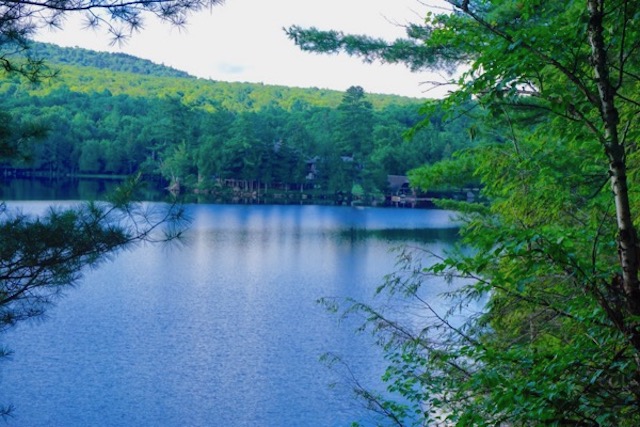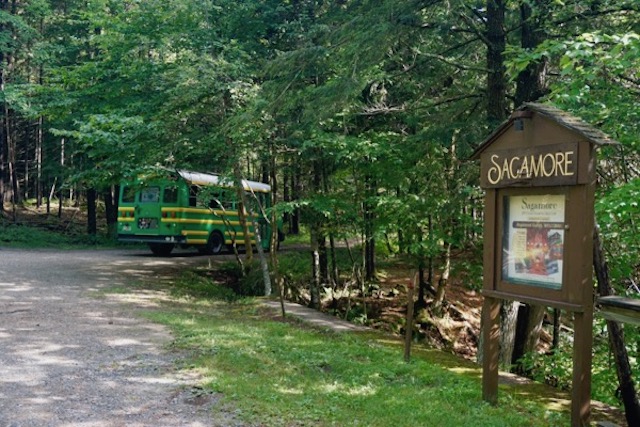Trump, Into The Wild
From Bauhaus To Bird House
NJ Audubon praised Trump’s “conservation ethic”
I got a rise out of this description of Trump in today’s NY Times:
Is there another American president whom it is harder to imagine in the wild? It was important to George W. Bush, a man of Houston and Yale, to forge a political identity that had him connected to the land, so he would chop wood at his ranch in Crawford, Tex., in the 100-degree heat, for reporters to observe. Mountain biking was also a passion. His father liked to fish off the coast of Kennebunkport in Maine on his boat, The Fidelity. Some of the most enduring images of John F. Kennedy are those of him at the helm of a sailboat off Hyannis.
Alternatively, the current president spends his leisure hours either in Palm Beach or a golf club that bears his name, 40 miles west of Manhattan, in Bedminster, N.J.
“Hard to imagine [Trump] in the wild”. What a great line.
But, not so fast.
In a very different view from that same Bedminster NJ golf course, Eric Stiles, the CEO of NJ Audubon Society, once saw things quite differently.
Stiles felt so strongly, he formed a “Partnership” with Trump.
In a colloqui with Trump in a NJ Audubon “Stewardship” publication, Stiles said this about Mr. Trump’s love of wild nature.
Trump expressed pride in his efforts to “expand habitat”:
“I take great pride that the US Fish and Wildlife Service and NJ Audubon recognizes and validates the environmental contribution we have made with the original design of our two world class golf courses in Bedminster. They currently provide for over 200 acres of habitat for indigenous and migratory grassland birds. With this partnership we look forward to their professional guidance in further improving and expanding the habitat at this wonderful property.” said course owner Donald J Trump.
In like fashion, Eric Stiles of NJ Audubon praised Trump’s “outstanding commitment to sustaining native wildlife populations” and “conservation ethic”:
“Trump National is demonstrating an outstanding commitment to sustaining native wildlife populations.” said Eric Stiles, President for New Jersey Audubon. “They are solidifying a symbiotic relationship with the surrounding community to foster environmental awareness and a conservation ethic while enhancing wildlife and natural systems in New Jersey.”
Imagine that!
Trump has an “outstanding commitment to sustaining native wildlife populations”.
Who knew?
We’re not making this up. It’s not Fake News. Here is Documentation. Here is more links to documentation.
Stiles’s organization took a lot of money from Mr. Trump (in the six figures) – very likely significantly more than Trump paid in whore hush money.
So, what does that make Mr. Stiles and NJ Audubon?
Should we just call him “Stormy Stiles”?
We’re still waiting for a public repudiation of and published apology for this fraudulent “partnership” (which we were told is no longer in effect, but we have no way to document that).
“Stormy” Stiles needs to come clean.
[End Note: My subtitle (Bauhaus…) was an alliterative allusion to Tom Wolfe’s book on modern architecture, which I enjoyed. It was not intended to suggest a serious or coherent policy argument.
But, for the design/architectural folks out there, Trump is engaged in a real debate about design and architecture. Coincidentally, my Wolfe allusion turns out to be an apt depiction of that much larger debate, in that Wolfe criticized elites and modernist architecture, an aesthetic and politics that Trump seems to be echoing.
Ironically, I’m with the Trump imposed classical style.]

